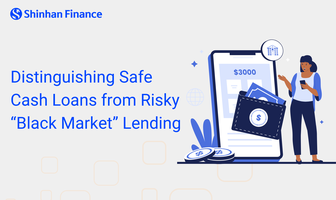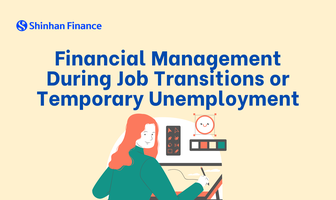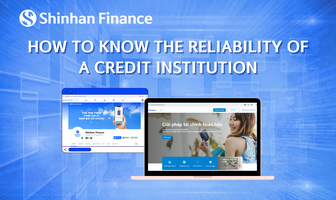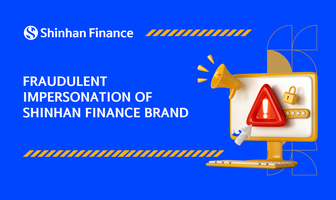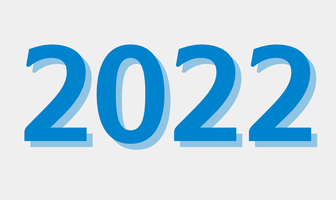Understanding Interest Rates: Fixed Rates, Floating Rates, and Risk Management
Interest rates are a fundamental factor in various financial transactions, from home loans and consumer credit to savings deposits. Understanding interest rates helps you optimize your loans, maximize savings, and mitigate future financial risks. In this article, we will explore fixed and floating interest rates, how interest rate fluctuations impact your loans, and strategies for managing risks in a changing interest rate environment.
What is an Interest Rate?

An interest rate is the percentage that a borrower must pay to a lender based on the loan amount or deposit over a certain period. It is not only a cost of borrowing money but also a crucial factor in determining whether you can maximize the benefits of loans or savings. Interest rates are generally categorized into two main types: fixed rates and floating rates. So, what are they? Let’s dive in!
What is a Fixed Interest Rate?

A fixed interest rate remains constant throughout the loan term or deposit period. In the case of loans, fixed rates are often applied to long-term loans, such as mortgages or property loans.
- Stability and predictability: Fixed rates provide borrowers with stability, as they know exactly how much interest they will pay over the life of the loan. This offers protection against economic fluctuations—if market rates increase, borrowers with fixed rates can still enjoy their original lower rates.
- Downside: However, fixed-rate borrowers cannot benefit if market rates decline; they must continue paying the agreed rate. Fixed rates are typically higher than floating rates. So, what exactly is a floating rate?
What is a Floating Interest Rate?

A floating interest rate is adjusted periodically based on a reference rate, such as the prime rate or interbank rate. These reference rates often fluctuate due to economic factors like inflation, deposit rates, and lending rates.
- Short-term flexibility: Floating rates are commonly used for shorter-term loans, such as auto loans or consumer credit. They can be advantageous if reference rates decrease, allowing borrowers to pay less interest.
- Potential risks: However, if market rates increase, borrowers will face higher payments, potentially causing financial stress if not manage properly. So, what drives these changes, and how can you make informed borrowing decisions? Let’s explore the key factors:
Factors Affecting Interest Rates and Loan Payments
When market interest rates fluctuate, floating-rate loans are directly impacted. Below are some factors influencing loan interest rates:
- Supply and demand for capital: This refers to the total funds that banks and financial institutions provide to the market for financial transactions. Changes in supply and demand will directly affect interest rates. For instance, if loan demand rises while supply is limited, interest rates tend to increase, and vice versa. However, these fluctuations also depend on government and central bank policies.
- Inflation: Higher inflation often leads people to convert cash into goods or assets like foreign currencies and gold to preserve value, reducing the supply of loanable funds and driving up interest rates.
- Government policies: Fiscal, monetary, and income policies implemented by the government to control the economy also influence interest rates. For example, when the government tightens monetary policy to curb inflation, interest rates generally rise.
- Budget deficits: When the government runs a budget deficit, issuing bonds to cover the shortfall can increase the bond supply. As the supply of bonds rises, their value may decrease, causing interest rates to rise to attract investors.
When choosing a loan with a floating interest rate, managing the risks associated with changing rates is crucial. Here are some strategies to help you navigate these risks:

Assess Long-Term Financial Capability: Before opting for a floating-rate loan, carefully evaluate your future financial stability. Ensure that you can meet repayment obligations even if rates increase. This requires planning for potential rate hikes and maintaining a suitable emergency fund.
Opt for a Hybrid Rate: A hybrid rate combines the benefits of both fixed and floating rates. The rate is fixed for an initial period (e.g., 3 to 24 months, depending on the loan package) and then switches to a floating rate. This approach offers initial stability while allowing for long-term flexibility.
Accelerate Loan Repayments When Rates are Low: If floating rates are currently low, take advantage of this period to pay off your loan faster. Accelerating repayments can help you minimize the impact of future rate increases.
Build a Financial Reserve: Having a reserve fund is a proactive way to handle interest rate fluctuations. This fund acts as a financial buffer for unexpected payment increases when rates surge.
Interest rates are a vital factor influencing all financial transactions. Understanding fixed and floating interest rates enables you to make informed financial decisions aligned with your needs and capabilities. For long-term loans, careful evaluation and clear risk management strategies are essential to avoid financial imbalances caused by rate changes. Always be prepared for potential fluctuations and choose the best financial options to ensure your long-term financial security.










































